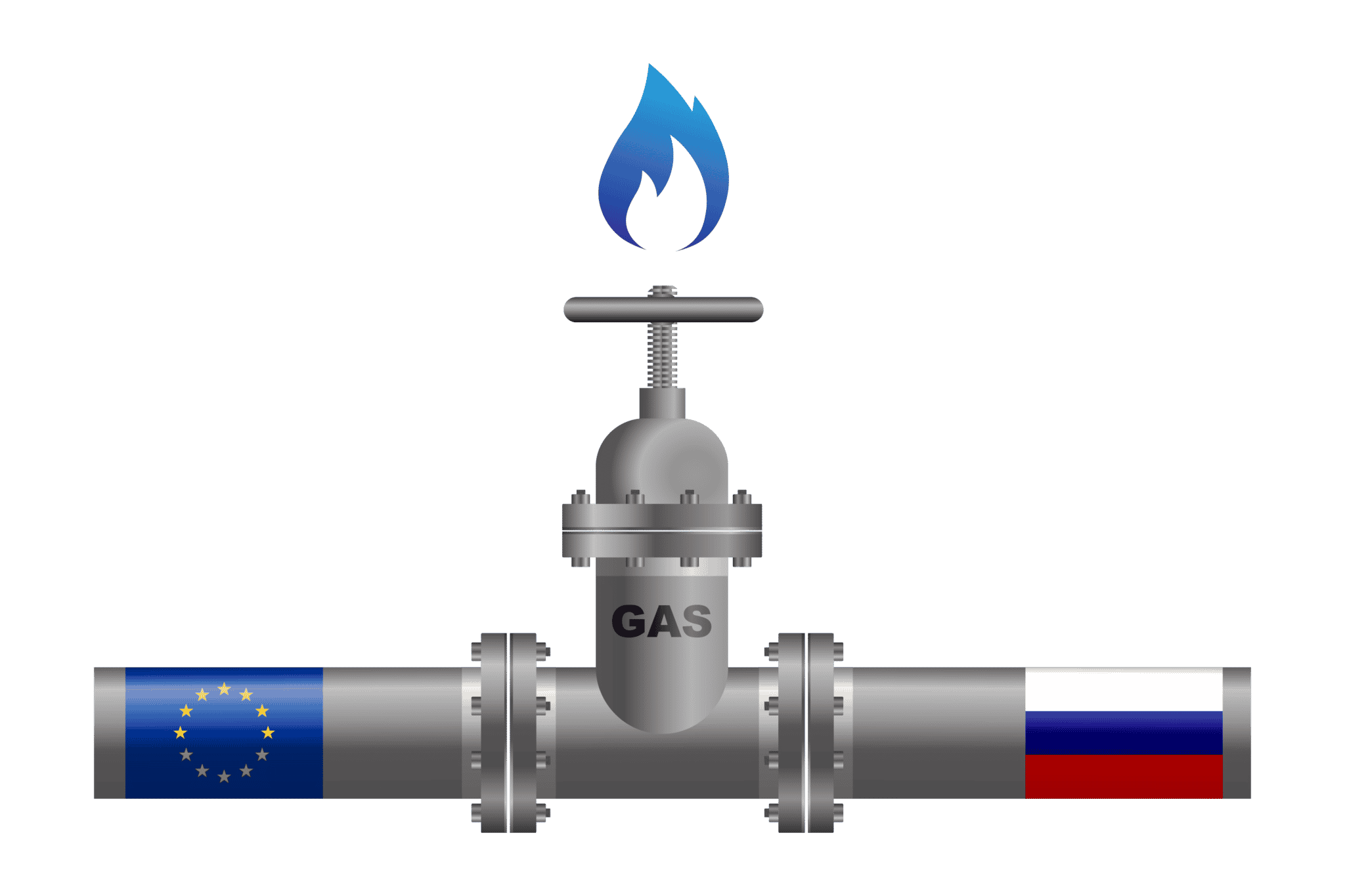- The EU did initiate crisis-response measures, but their impact often cannot be demonstrated
- The EU’s security-of-supply architecture is still incomplete
- Solidarity between EU countries leaves a lot to be desired
Significant challenges still need to be addressed if the EU is to be fully prepared for a new gas crisis, warns a report published today by the European Court of Auditors. Although the EU did adopt a number of emergency measures to counteract Russia’s weaponisation of gas, the benefits of EU action have not always been clear. The auditors also point to several new challenges the EU needs to tackle if it wants to secure its gas supplies in the long term, such as greater dependence on imported liquefied natural gas (LNG) and the need to decarbonise some of its gas consumption.
The rapid phasing-out of imports of Russian gas, which accounted for 45 % of all EU gas imports in 2021, created a supply crisis that in turn triggered an affordability crisis. In August 2022, wholesale gas prices reached a peak of €339 per megawatt-hour (vs. €51 in August 2021). EU countries started to subsidise gas and electricity prices (at about €390 billion for 2022 alone) in order to reduce the impact on households and businesses. By the end of 2023, the EU had successfully diversified away from Russian gas while prices stabilised, reaching pre-crisis levels in early 2024.
“The crisis triggered by Russia’s full-scale invasion of Ukraine in 2022 tested the EU’s resilience to a sudden change in the gas supply. Although prices experienced a steep increase with significant costs for families and business, we were fortunate not to experience a major gas shortage”, said João Leão, the ECA member responsible for the audit. “Given the EU’s dependence on foreign gas, it can never be complacent about its security of supply. And consumers do not have any affordability guarantees in the event of a major future shortage.”
During the crisis, the EU did reach its target of a 15% reduction in gas demand, but the auditors were unable to determine whether this was due to the measures alone or also to external factors (e.g. high gas prices and a warm winter). Similarly, the EU-wide gas storage filling obligation was achieved, and the 90% target was even exceeded. However, this merely reflects normal storage filling levels before the crisis. Also, the effectiveness of the EU gas price cap cannot be assessed, as prices have remained much lower since it was introduced.
Other measures included launching the AggregateEU platform to provide an alternative channel for trading gas, also through joint purchases. Here again, the EU auditors were unable to determine whether the platform had added value in relation to existing platforms when crisis-induced differences in gas prices between the EU’s member states had already decreased substantially by the time AggregateEU came onstream.
Looking ahead, the auditors conclude that the EU needs to consolidate its gas affordability framework. They also warn that many member states are still reluctant to sign bilateral solidarity agreements. Some EU countries would even envisage cutting off their gas supplies to a neighbour in response to an emergency.
Lastly, the auditors point to insufficient progress on carbon capture use and storage (CCUS), which may also challenge security of supply in the long-term. Given the EU’s climate goals (specifically net zero emissions by 2050), the need to reduce carbon emissions from gas consumption will be an increasingly important feature of the EU’s security-of-supply landscape. To date, the four commercial CCUS projects operating in the EU can together capture up to 1.5 million tonnes of CO2 per year. However, this is a drop in the ocean when compared with the 450 million tonnes of CO2 that CCUS will need to capture each year until 2050 in order to meet the EU’s climate goals.
Background information
Just before Russia’s full-scale invasion of Ukraine in 2022, gas accounted for about a quarter of gross energy consumption in the EU, with the highest shares in Italy and the Netherlands (both 41%), Malta (40%) and Hungary (34%). In the same year, over 20% of the EU’s electricity and almost 40% of its heat were produced from gas. As the EU imports more than three quarters of its gas, security of supply is essential in order to keep the EU’s economy running and so ensure its prosperity.
The International Energy Agency’s definition of energy security, i.e. “the uninterrupted availability of energy sources at an affordable price”, was used for this report.

